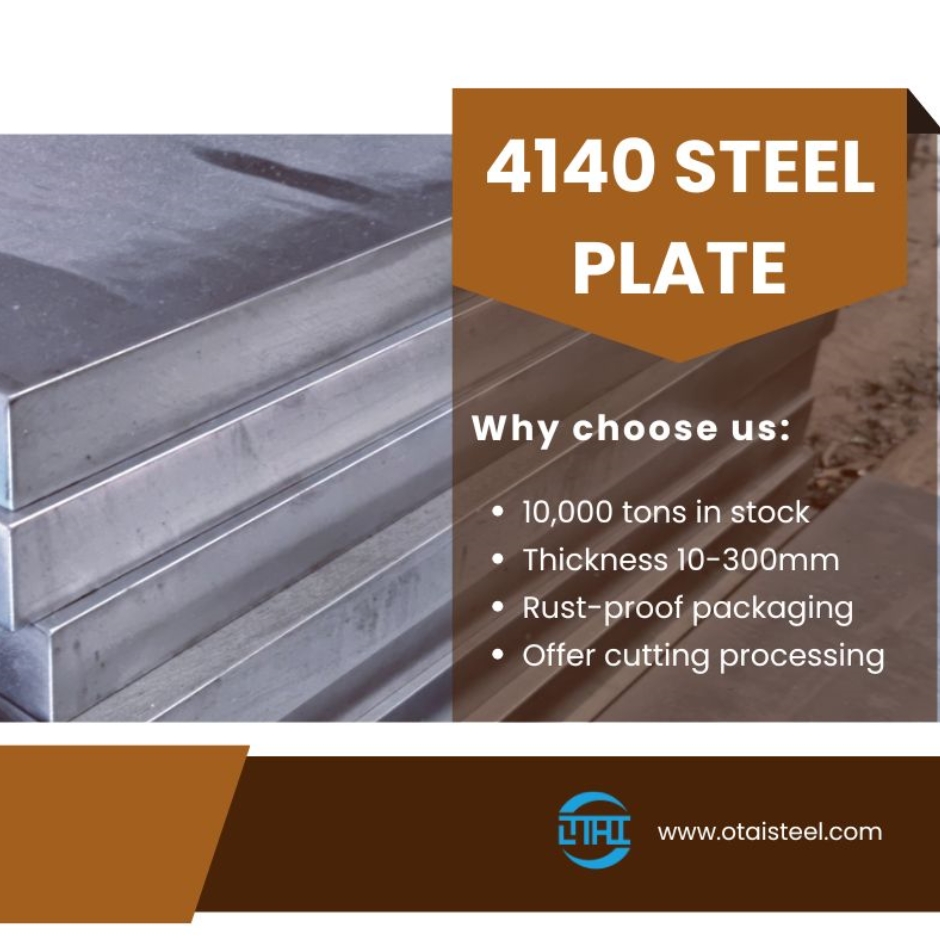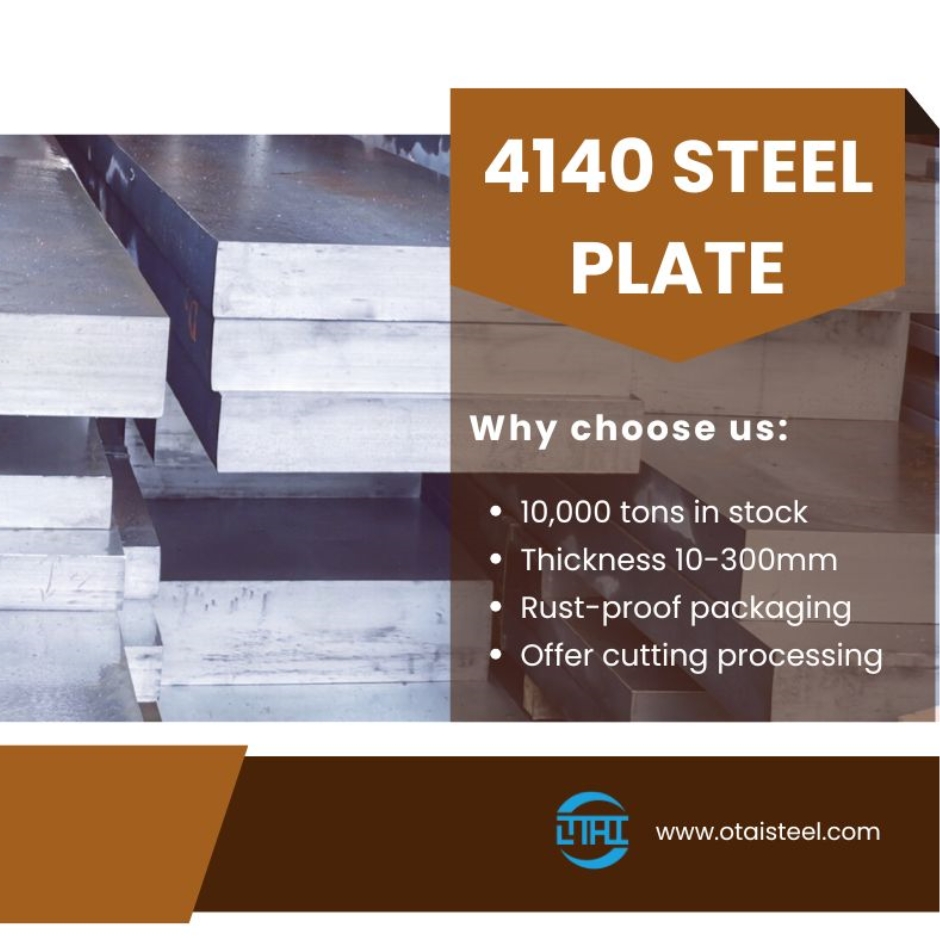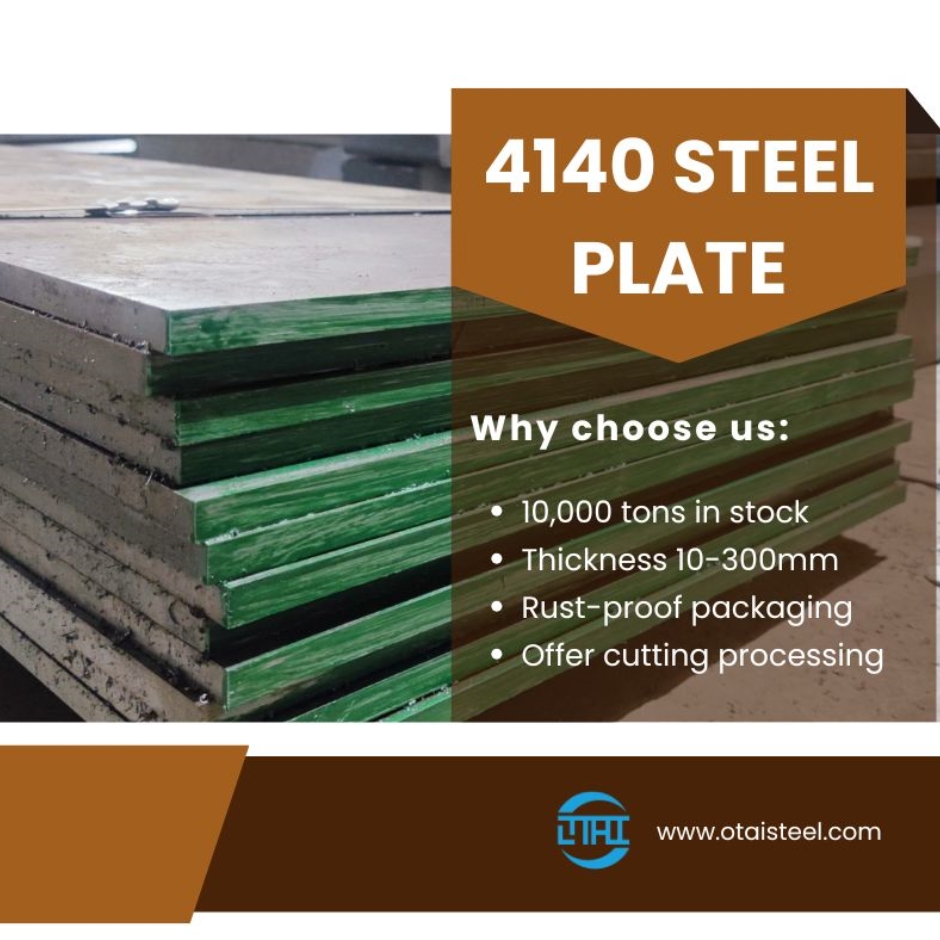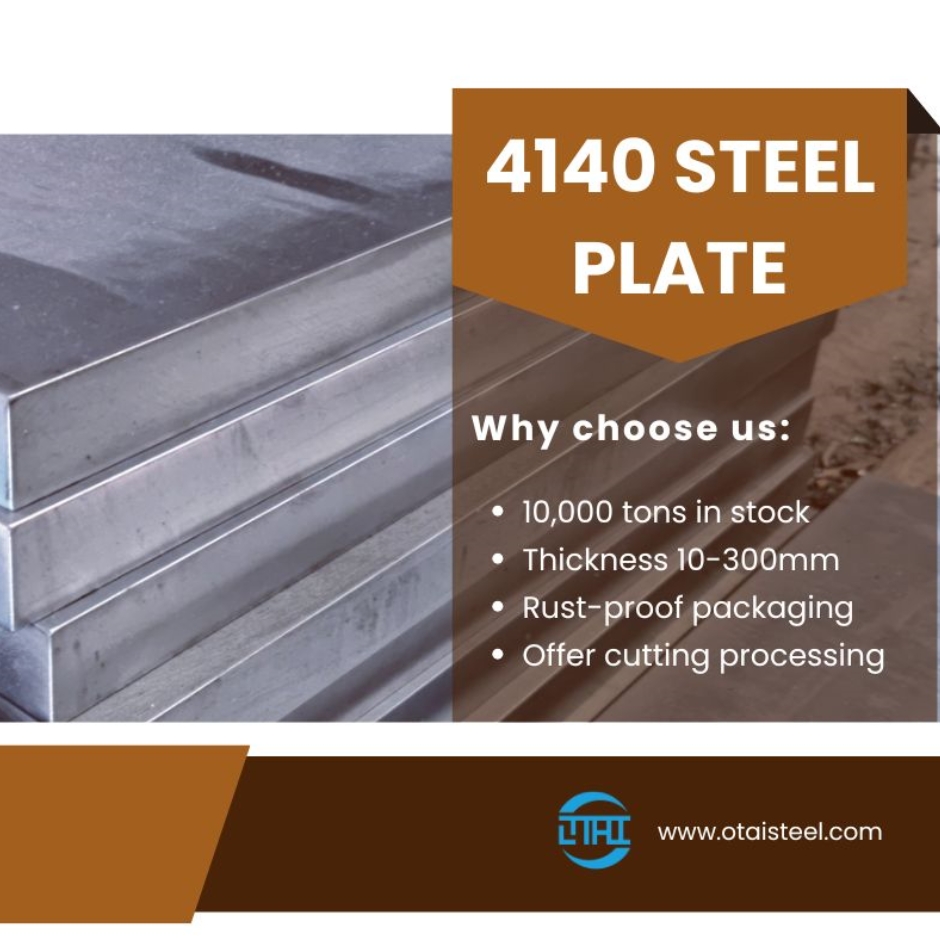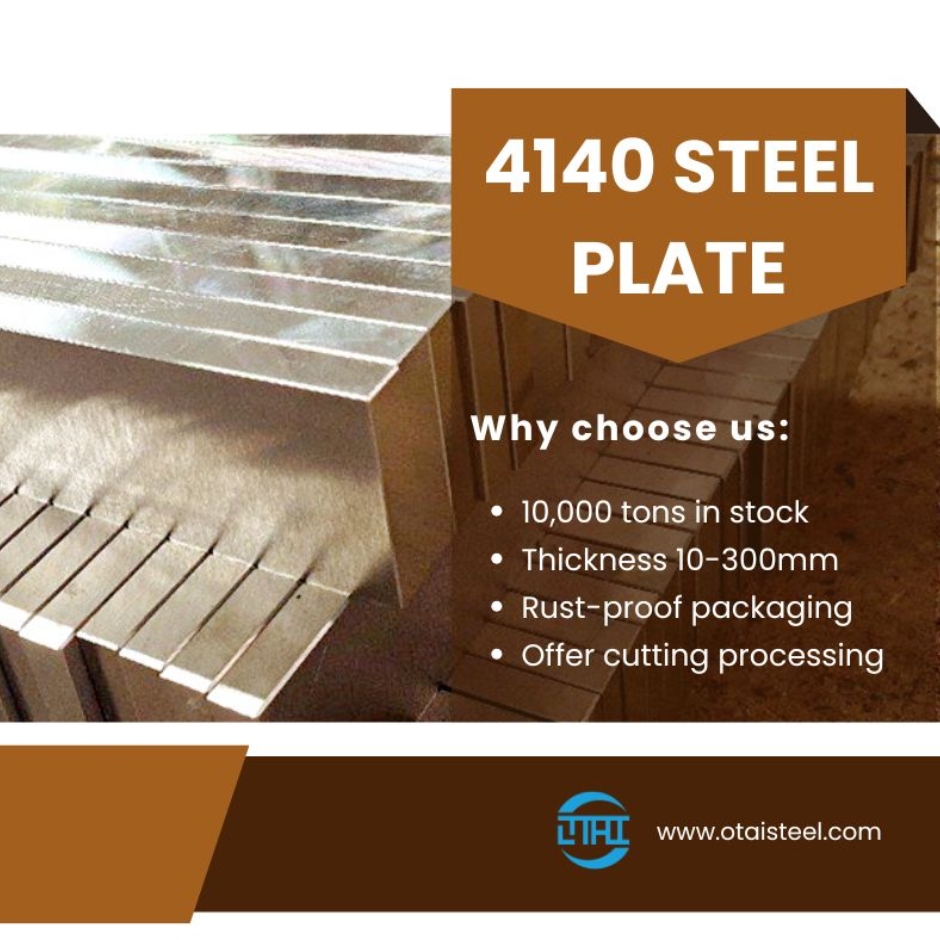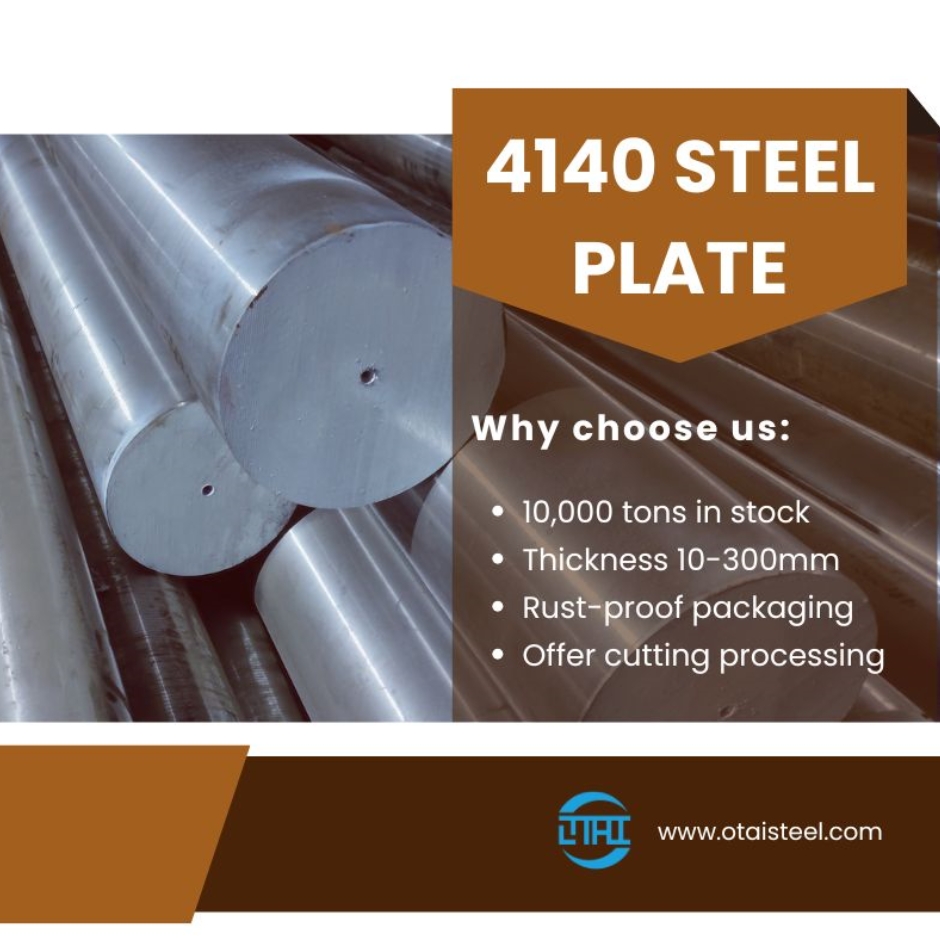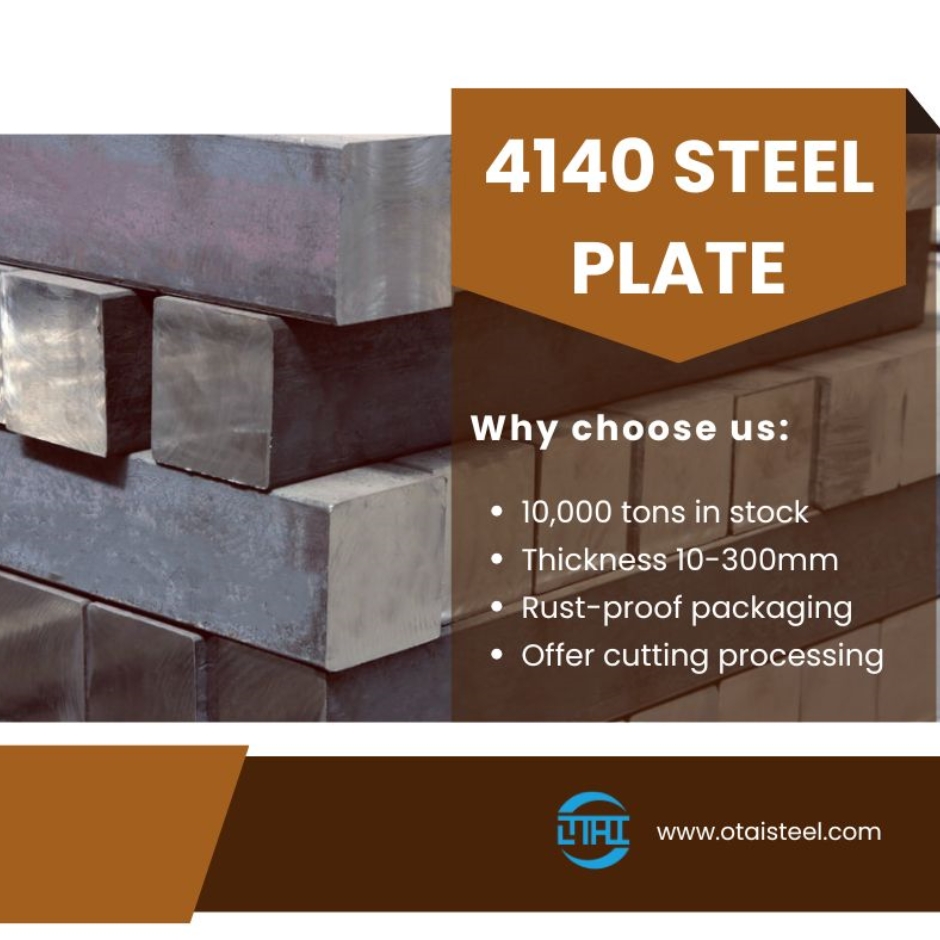 4140 Steel Shaft Properties: A Comprehensive Analysis for Engineers
4140 Steel Shaft Properties: A Comprehensive Analysis for Engineers**Introduction**
When it comes to tools, machinery, or alloys, choosing the right material for the job is essential. One material that consistently proves valuable is 4140 alloy steel, particularly because of its magnetic properties. Whether you’re working with gears, shafts, or complex machinery, understanding how 4140 alloy steel interacts with magnetic fields is crucial. Let’s explore why this steel is a favorite across various industries and how its magnetic traits contribute to its widespread popularity.
**4140 Alloy Steel Magnetic Properties**
Straight to the point, 4140 alloy steel is classified as “ferromagnetic,” meaning it strongly attracts magnets. If you’ve ever watched a metal part stick to a magnet, you’ve seen ferromagnetism in action. This characteristic is vital in numerous industrial processes. In industries such as automotive manufacturing, the ability to magnetize components aids in assembly and is essential for creating sensors that detect metal parts.
**The Ingredients Behind Its Magnetic Power**
What gives 4140 steel its magnetic properties? It’s all about the alloy’s mix of elements. This steel contains carbon, chromium, molybdenum, manganese, and silicon, among others. Of these, chromium plays a key role by enhancing the steel’s magnetic qualities. Molybdenum is equally important, as it increases the steel’s strength and durability, which is crucial in heavy-duty applications.
**Heat Treatment: Maximizing Magnetic Performance**
You know, heat treatment is kinda like the secret sauce for 4140 steel. Think of it like cooking – you gotta get the timing and temperature just right to bring out the best flavors. Same deal here. When you heat the steel up and then cool it down real quick, like in quenching, and then temper it to take the edge off, you’re basically supercharging its magnetic abilities.
Take this for example: if you just anneal the steel – that’s like a gentle warm-up – it’s okay, but nothing special. But when you quench and temper it, bam! You’ve got steel that can really hold its own in a magnetic field. It’s like night and day.
And why does this matter? Well, if you’re working with electric motors or transformers, you need that strong magnetic field to get things moving and working efficiently. Quenched and tempered 4140 steel is like the MVP in those situations. It’s strong, reliable, and ready to play ball.
**Real-World Applications**
**A Case Study: Stress and Magnetic Behavior**
An interesting study examined how stretching 4140 steel affects its magnetic characteristics. Researchers found that stretching the steel up to 19% increases its coercivity (magnetic resistance) by about 30%. At the same time, its initial permeability decreases by a similar amount. Although this might seem counterintuitive, it has practical applications. Engineers can use these changes to assess the stress a component is under without needing a physical inspection—essentially giving the steel a “magnetic check-up” to ensure optimal performance.
4140 Steel Shaft Properties: A Comprehensive Analysis for Engineers
In conclusion, 4140 alloy steel is much more than a versatile material—its magnetic properties make it indispensable across many industries. Thanks to its unique composition, heat treatment processes, and magnetic traits, it has become a go-to material for manufacturing in sectors such as automotive and aerospace. By understanding how to take full advantage of these properties, engineers and designers can create more efficient and robust systems. So, the next time you work with 4140 steel, remember its magnetic potential, and you’ll unlock the full range of benefits this remarkable material has to offer.
